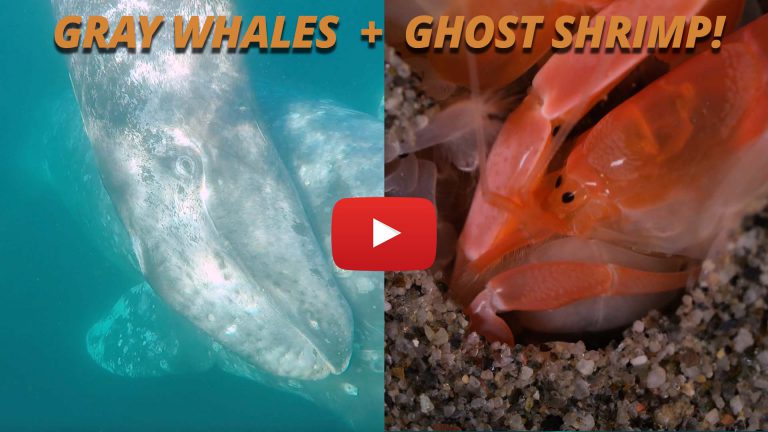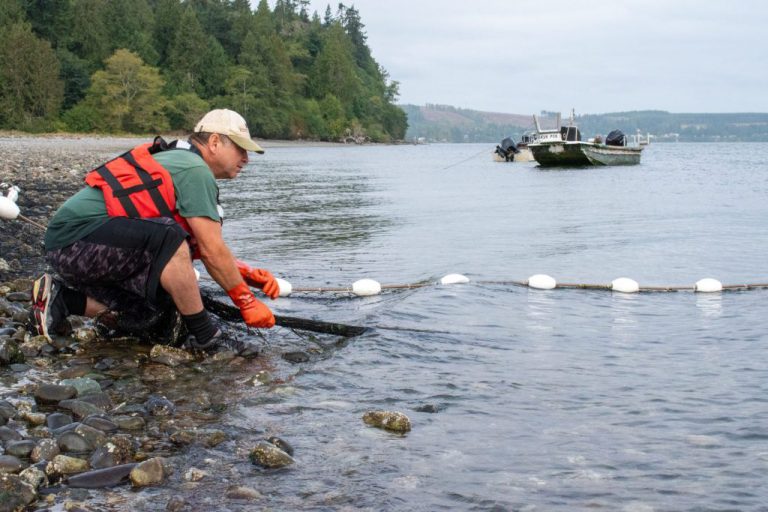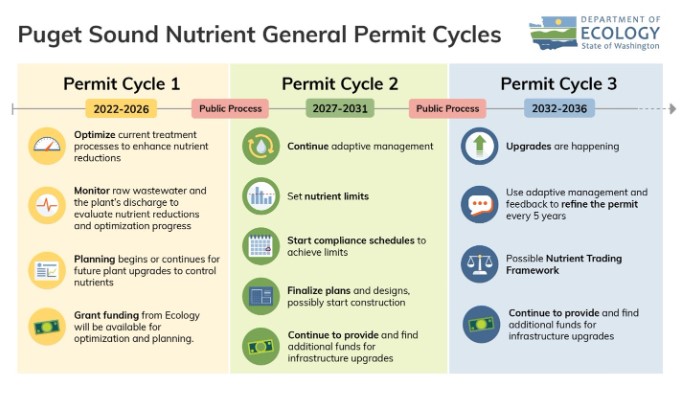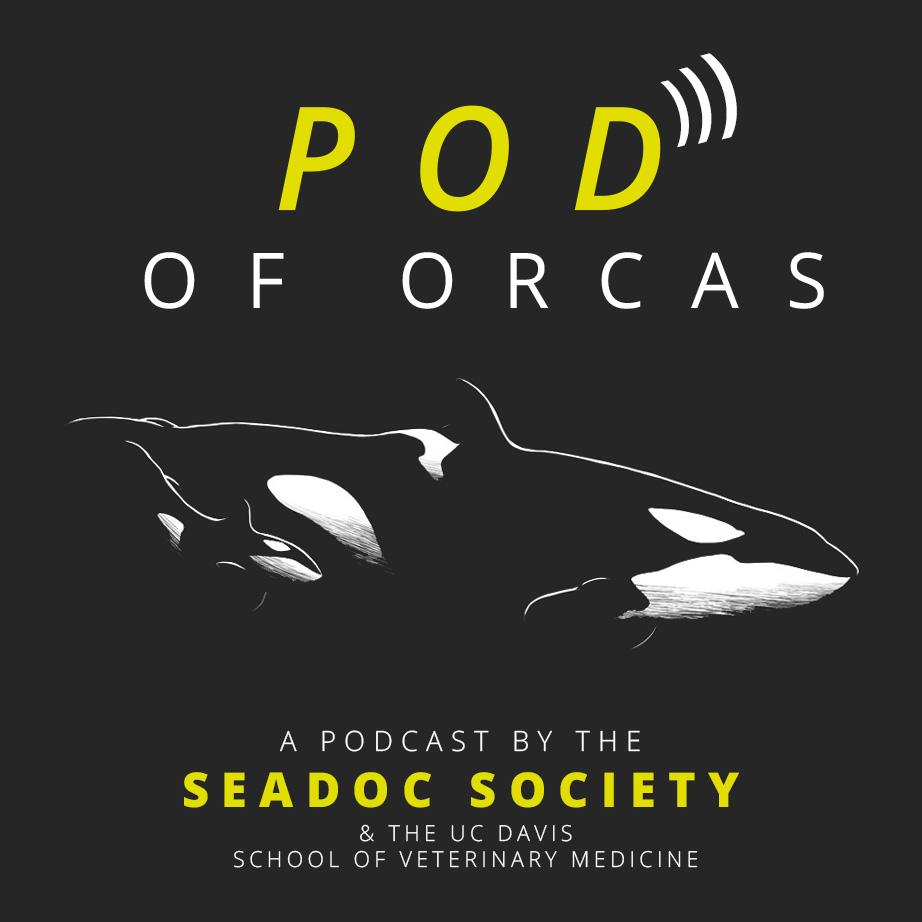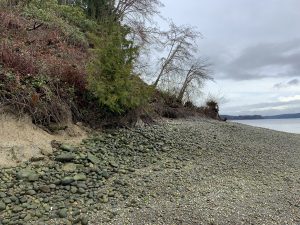
Shore Friendly is sending ripples throughout the region
Shore Friendly is a voluntary program that helps private landowners of marine shorelines in Puget Sound reduce shoreline armoring and restore shoreline habitat around the Sound. The program aids landowners in managing their property while also restoring natural beach habitat.
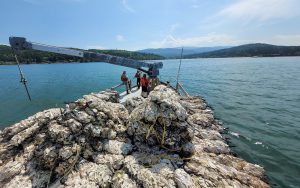
Northwest Straits 2023 Impact Report drops with a splash
Northwest Straits Commision’s Impact Report 2023 celebrates their work and achievements over the past 12 months.
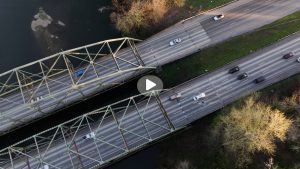
Sound Safe Infrastructure: Building a future with resilient infrastructure and ecosystems
Tribes, local governments, state agencies, and nonprofits are working together to plan and complete infrastructure improvements that contribute to Puget Sound ecosystem and salmon recovery. This relationship between the recovery and transportation sectors creates Sound Safe Infrastructure, which produces better outcomes for people, salmon, and the environment.
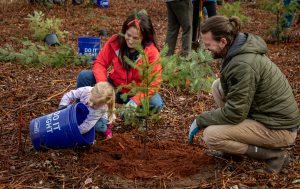
The Bipartisan Infrastructure Law and the Inflation Reduction Act provide transformational funding to support Puget Sound recovery priorities
Funding from the Bipartisan Infrastructure Law and the Inflation Reduction Act has supported projects for salmon recovery, fish passage, habitat restoration, greenhouse gas reduction, environmental health improvement, mobility and safety, flood-hazard reduction, invasive species management, and more.
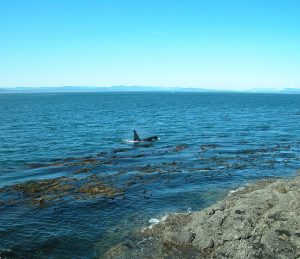
Navigating the depths
The Cetacean Desk’s marine mission for the Southern Resident killer whales.
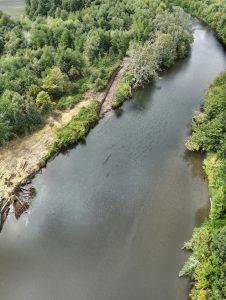
Resilient floodplains for people and salmon
Salmon recovery partners throughout the state—including Tribes, local governments, and nonprofits—have seen their projects delayed or cancelled due to impacts from a change in the Federal Emergency Management Agency’s (FEMA) no-rise policy. The no-rise policy now mandates costly analyses for salmon habitat restoration projects. Partners are seeking to work with FEMA to change the policy so that it’s more flexible for restoration activities.
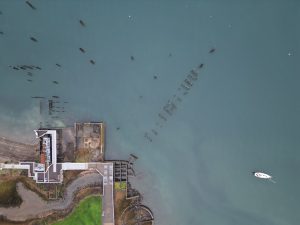
Doubling down on restoration
The Salish Sea Nearshore Programmatic is a regulatory tool that helps proponents of on- or over-water construction projects balance out the ecological impacts of construction with equivalent ecological offsets. Project proponents can offset these impacts by purchasing conservation credits from the Partnership’s Nearshore Credits Program, which helps fund restoration throughout the region.

